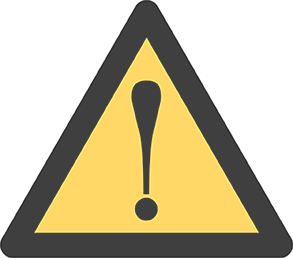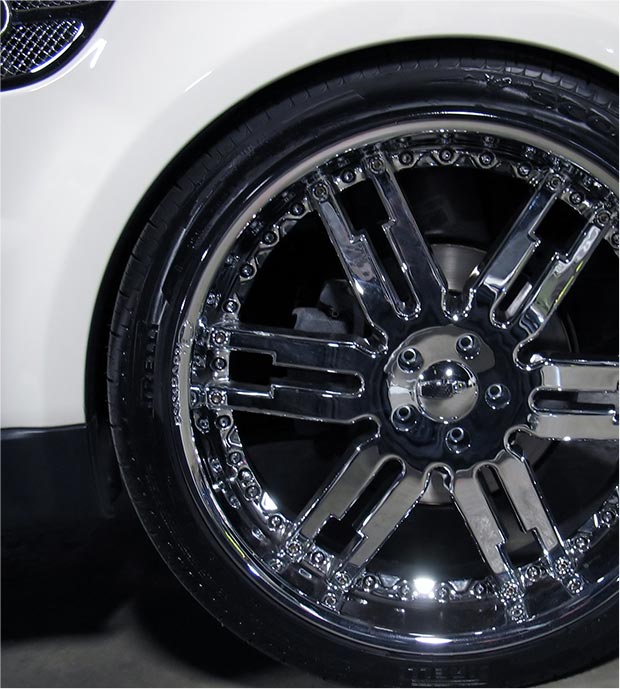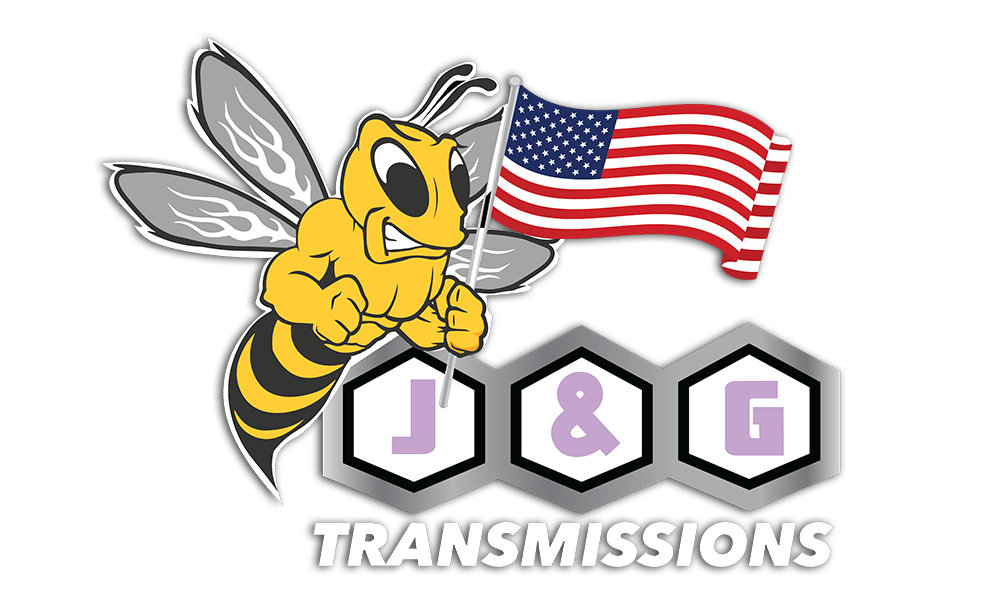4782 South 500 West, Murray, UT

Top 8 signs you may have a transmission problem:
- Slow acceleration
- Shifting problems
- Slipping while driving
- Engine revving or idling high
- Vehicle will not go
- Check engine light is on
- Transmission leak
- Unfamiliar sounds
Helpful videos
What other problems look like transmission problems?
- Engine requires a tune-up
- Electrical problems
- Broken transmission or engine mount
- Poor fuel system adjustment
- Dirty fuel injectors or filter
- Defective oxygen sensor
- Computer sensor malfunction
- Clogged catalytic converter

Q&A
Q.
Should I drain or flush my transmission before I bring it to you?
A.
NO, DO NOT drain or flush your transmission, it will be more difficult for us to give a proper diagnosis if the fluid and/or filter are changed before we have the chance to check the debris. Checking the debris helps aid in the diagnosis and estimate repair costs. If the fluid evidence is gone it will be more difficult for us to give a proper diagnosis.
Q.
How can I extend the life of my transmission?
A.
Check your transmission fluid regularly. If your fluid is low you may have a leak. Service your transmission regularly. Transmissions should be serviced once a year or every 30,000 miles, whichever comes first. Maintain external coolers. One of the main causes of transmission failure is from excessive heat. If you are experiencing transmission problems have them checked a.s.a.p. – Having a problem checked right away may save you money in the long run. Transmission problems usually start out small and can escalate quickly to a more serious problem. Come see us at the first signs of a transmission problem.

According to the automatic transmission re-builders association, 90% of all transmissions problems are caused by overheating. Most of these can be blamed on old fluid that should have been replaced. For maximum protection, change the fluid and filter every 30,000 miles. You should use the type of fluid suggested in your owner’s manual or printed on the transmission dipstick. For older Ford automatics and certain imports, Type “F” is usually required. Most Fords since the 1980s require “Mercon” fluid, which is Ford’s equivalent of Dexron ll. For General Motors, Chrysler and other imports, Dexron ll is usually specified.




